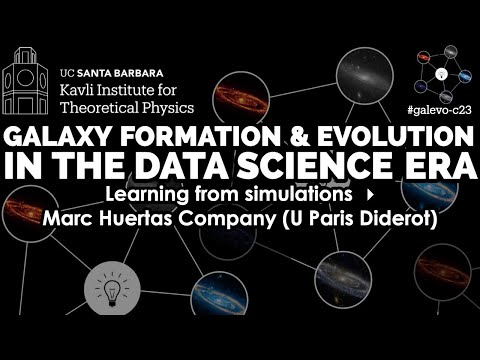Description:
Explore the application of astrostatistics and machine learning tools to galaxy formation and evolution in this 34-minute conference talk by Marc Huertas Company from the University of Paris Diderot. Delve into the vast discovery space offered by current and future Integral Field Unit surveys, which produce hundreds of spectra per galaxy across tens of thousands of galaxies. Examine how galaxy morphology data from imaging contains valuable information about the physical state of systems. Learn about statistical and machine learning-powered outlier detection algorithms that identify anomalous galaxies challenging current paradigms. Discover how data science tools can link observations with theoretical models, including cosmological hydrodynamical simulations and dark matter-only simulations. Gain insights into comparing different models, analyzing observations versus simulations, and exploring summary statistics. Investigate preliminary restoration techniques, contrastive learning approaches, and the realism of simulation observations. Conclude with a discussion on mass maps and address questions related to decision-making in galaxy formation research.
Read more

Learning from Simulations - Marc Huertas Company
Add to list
#Science
#Astronomy
#Galaxy Formation
#Data Science
#Computer Science
#Machine Learning
#Data Processing
#Contrastive Learning
#Astrophysics
#Astrostatistics